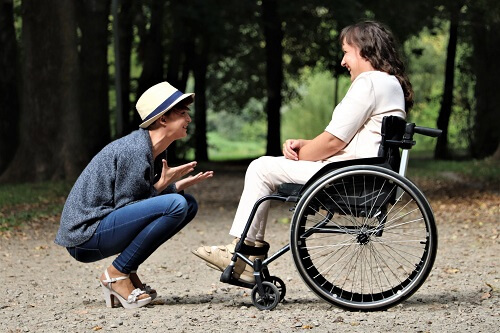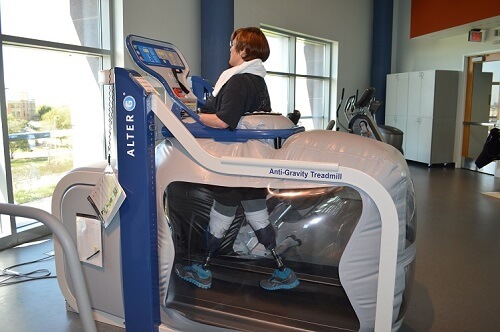Cerebral Palsy is an umbrella term that refers to a group of disorders that affects a persons movement patterns and posture, as a result of damage to the brain during pregnancy or shortly after birth.
Although Cerebral Palsy is a permanent life-long condition, some of the signs/symptoms of Cerebral Palsy can potentially improve or worsen over time.
In Australia there are approximately 34,000 people suffering from Cerebral Palsy. Unfortunately for most people with Cerebral Palsy, the cause is unknown and there is no known cure.
Alarming statistics show that every 15 hours in Australia a child is born with Cerebral Palsy. The parts of the body affected by Cerebral Palsy, the level of severity and combination of symptoms can differ for each person, however it is known that of these cases 1 in 3 are unable to walk or have severe mobility issues and 1 in 2 suffer from chronic pain.
Although there is no cure for Cerebral Palsy early interventions such as ankle foot orthoses,
hydrotherapy, early motor intervention and intensive rehabilitation may provide benefit to the individual.
From a musculoskeletal perspective people with Cerebral Palsy may experience uncontrolled or unpredictable movements, muscles can be stiff, weak or tight and in some cases people have shaky movements or tremors. This is where the benefits of Alter G therapy can be most beneficial.
The underweighting technology of the Alter G enables individuals to perform physical activities, which they previously couldn’t, by reducing the impact of gravity by selecting any weight between 20% and 100% of their body weight by 1% increments.
The benefits allow for neuromuscular re-education in a fail-safe environment, which helps those with injuries or developmental disorders
to train their legs to walk or even run with little to no pain. This can help to improve to individuals overall quality of life.
The controlled body weight support system allows paediatric rehabilitation patients to work on;
- Endurance: to improve cardiovascular health
- Strength: to increase muscle strength and coordination
- Training: to correct lower-limb gait dysfunction
- Range of motion: to keep the body flexible and maintain good joint health
- Balance: to reduce the likelihood of falls by training in a controlled environment.
Whilst the Alter G motivates patients and keeps training fun it also gives patients the confidence and ability to run or walk longer and recover
faster with less pain post-training.
by Nikki Lodge


